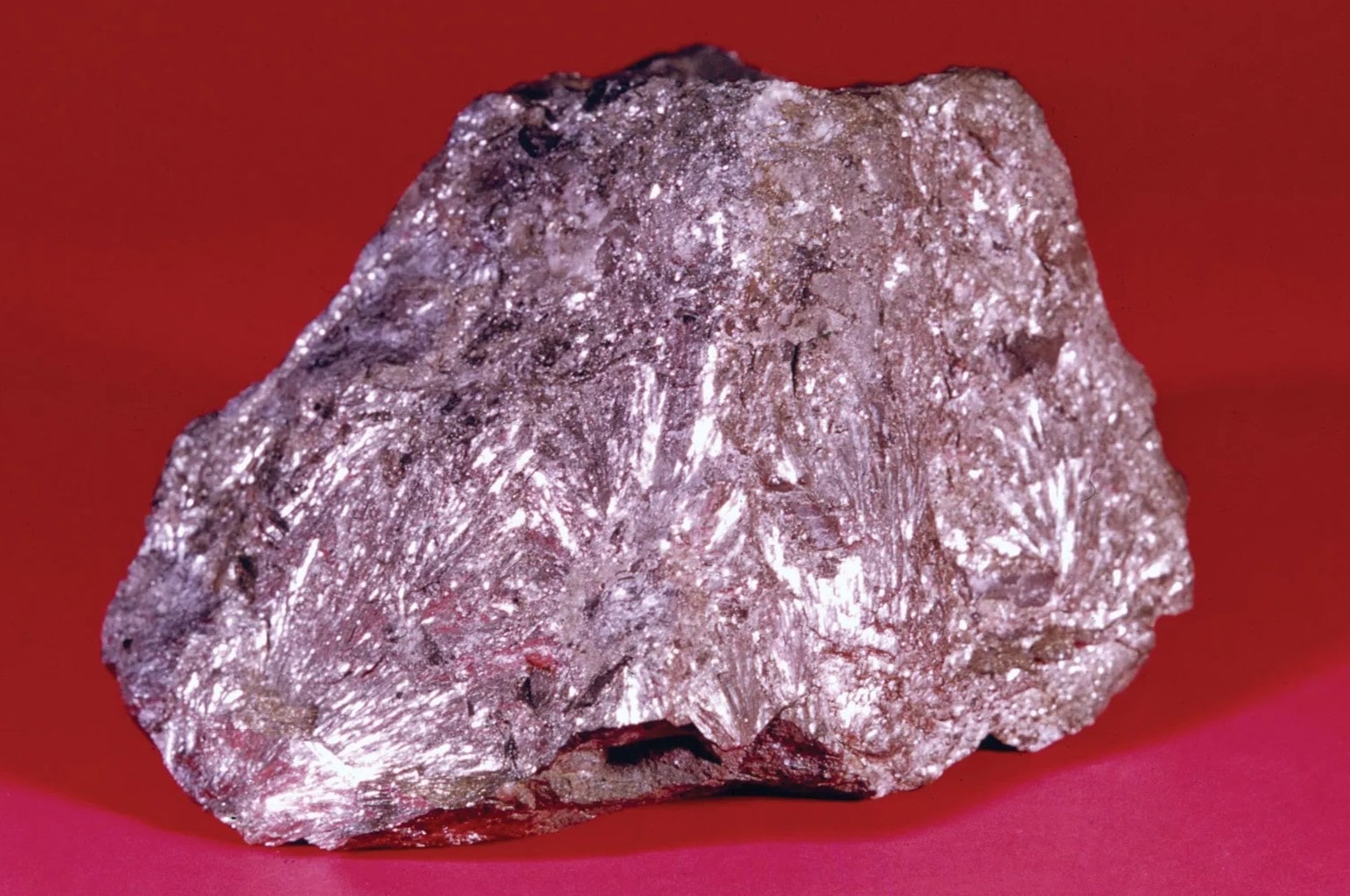
Antimony might not be a household name, but this fascinating element has a rich history and a variety of uses. Found in everything from ancient cosmetics to modern electronics, antimony's versatility is impressive. Did you know that antimony was used by ancient Egyptians as a key ingredient in their eye makeup? Or that it plays a crucial role in the production of flame retardants? This silvery, brittle metalloid has been known since antiquity and continues to be essential in many industries today. Whether you're a science enthusiast or just curious about the elements that shape our world, these 35 amazing facts about antimony will surely spark your interest.
Key Takeaways:
- Antimony, a rare metalloid, has a rich history and is used in various industries. It's in batteries, semiconductors, and even ancient eye cosmetics! But it's important to handle it safely due to its toxicity.
- Antimony has a fascinating past, from alchemy to space exploration. It's been linked to historical figures like Mozart and has even appeared in literary works. Its unique properties make it both useful and mysterious.
What is Antimony?
Antimony, a fascinating element, has a rich history and unique properties. Let's dive into some intriguing facts about this lesser-known metal.
- Element Symbol: Antimony's symbol is Sb, derived from its Latin name, stibium.
- Atomic Number: It holds the atomic number 51 on the periodic table.
- Appearance: This element appears as a lustrous, silvery-gray metalloid.
- Discovery: Ancient civilizations, including the Egyptians, used antimony compounds over 5,000 years ago.
- Natural Occurrence: Antimony is rarely found in its pure form. It usually occurs in sulfide mineral stibnite.
- Melting Point: It has a melting point of 630.63°C (1167.13°F).
- Boiling Point: The boiling point of antimony is 1587°C (2889°F).
- Density: Its density is 6.697 grams per cubic centimeter.
- Alloys: Antimony is often used to create alloys with lead and tin, enhancing their properties.
- Flame Retardant: One of its primary uses is in flame retardants for textiles and plastics.
Historical Significance of Antimony
Antimony has played a significant role throughout history, from ancient medicine to modern industry.
- Ancient Medicine: Egyptians used antimony sulfide as kohl, an ancient eye cosmetic.
- Alchemical Symbol: In alchemy, antimony was represented by a wolf symbol, indicating its ability to purify gold.
- Medieval Times: During medieval times, antimony was used in medicinal potions.
- Industrial Revolution: The Industrial Revolution saw increased use of antimony in machinery and printing.
- World War II: During WWII, antimony was crucial for munitions and batteries.
Antimony in Modern Applications
Today, antimony continues to be an essential element in various industries and technologies.
- Batteries: Antimony is used in lead-acid batteries, improving their performance.
- Semiconductors: It plays a role in semiconductors for electronics.
- Glass Manufacturing: Antimony oxide is used to clarify glass and remove bubbles.
- Pigments: It is a component in pigments for paints and ceramics.
- Solder: Antimony is added to solder to increase its strength and durability.
- Pharmaceuticals: Some antimony compounds are used in medications to treat parasitic infections.
- Rubber Production: It acts as a vulcanizing agent in rubber production.
Environmental and Health Aspects of Antimony
While useful, antimony also has environmental and health considerations.
- Toxicity: Antimony compounds can be toxic if ingested or inhaled in large amounts.
- Environmental Impact: Mining and processing antimony can lead to environmental pollution.
- Regulations: Many countries have strict regulations on antimony use to protect human health and the environment.
- Biodegradability: Antimony compounds are not easily biodegradable, leading to long-term environmental presence.
- Exposure: Workers in industries using antimony must follow safety protocols to minimize exposure.
Fun and Lesser-Known Facts About Antimony
Here are some quirky and lesser-known facts about antimony that might surprise you.
- Name Origin: The name "antimony" comes from the Greek words "anti" and "monos", meaning "not alone," reflecting its rarity in pure form.
- Antimony Star: In ancient times, antimony was believed to be a "star metal" due to its shiny appearance.
- Antimony Poisoning: Historical figures, including Mozart, are rumored to have suffered from antimony poisoning.
- Antimony Coins: Some ancient cultures used antimony to make coins.
- Antimony in Space: Antimony is used in some spacecraft components due to its unique properties.
- Antimony and Alchemy: Alchemists believed antimony could transform base metals into gold.
- Antimony in Literature: Antimony has appeared in various literary works, symbolizing transformation and mystery.
- Antimony Crystals: When pure, antimony can form beautiful crystalline structures.
Final Thoughts on Antimony
Antimony's got a fascinating history and a bunch of cool uses. From ancient cosmetics to modern-day electronics, this element's versatility is impressive. Its role in medicine, especially in treating parasitic infections, highlights its importance. Plus, antimony's use in flame retardants helps keep us safe.
Despite its benefits, handling antimony requires caution due to its toxicity. Industries must follow strict guidelines to ensure safety. Knowing these facts can help us appreciate the element's significance and the need for responsible use.
Next time you see a fireproof material or use an electronic device, remember antimony's part in making it possible. This element, often overlooked, plays a crucial role in our daily lives. Understanding its properties and applications can give us a deeper appreciation for the materials that shape our world.
Frequently Asked Questions
Was this page helpful?
Our commitment to delivering trustworthy and engaging content is at the heart of what we do. Each fact on our site is contributed by real users like you, bringing a wealth of diverse insights and information. To ensure the highest standards of accuracy and reliability, our dedicated editors meticulously review each submission. This process guarantees that the facts we share are not only fascinating but also credible. Trust in our commitment to quality and authenticity as you explore and learn with us.


